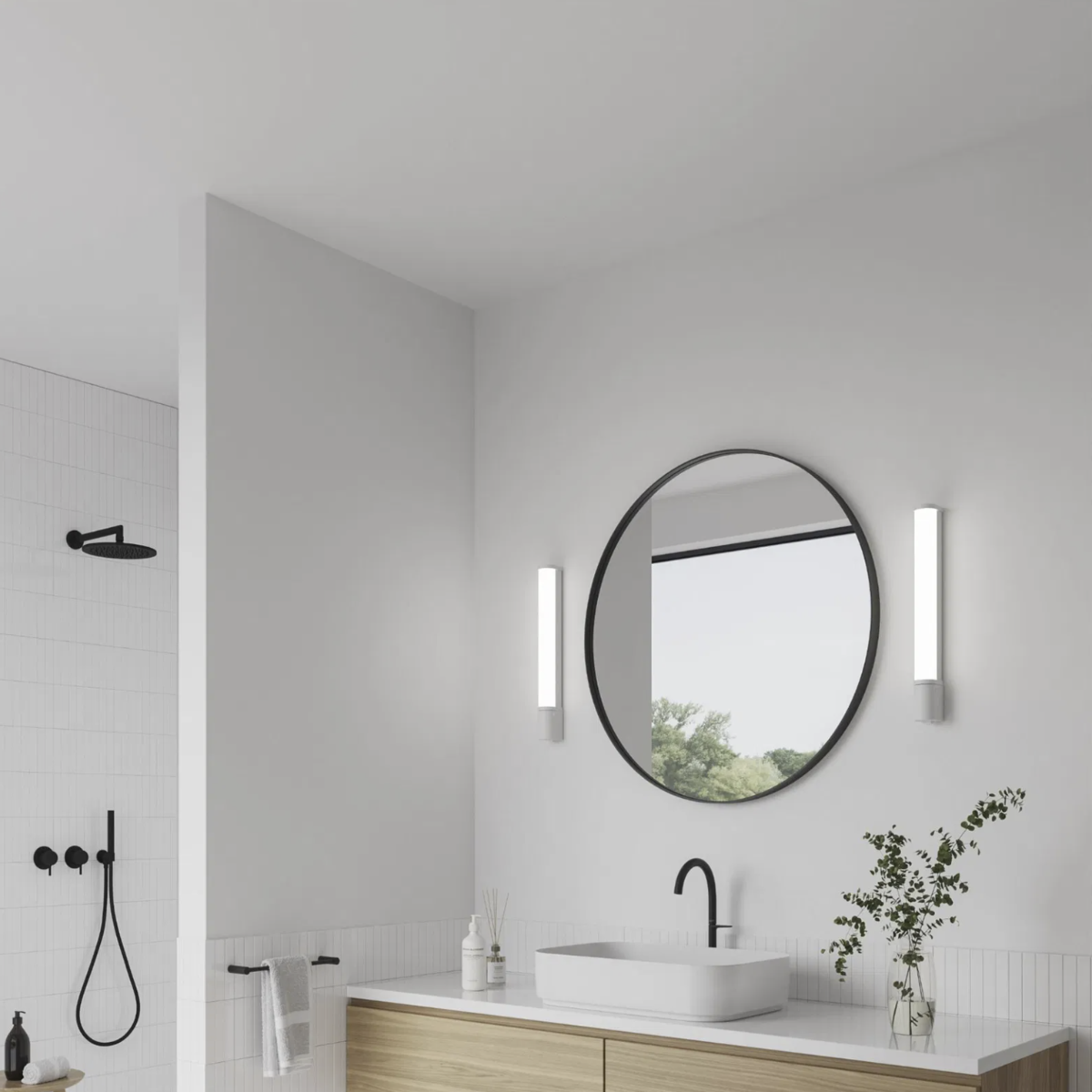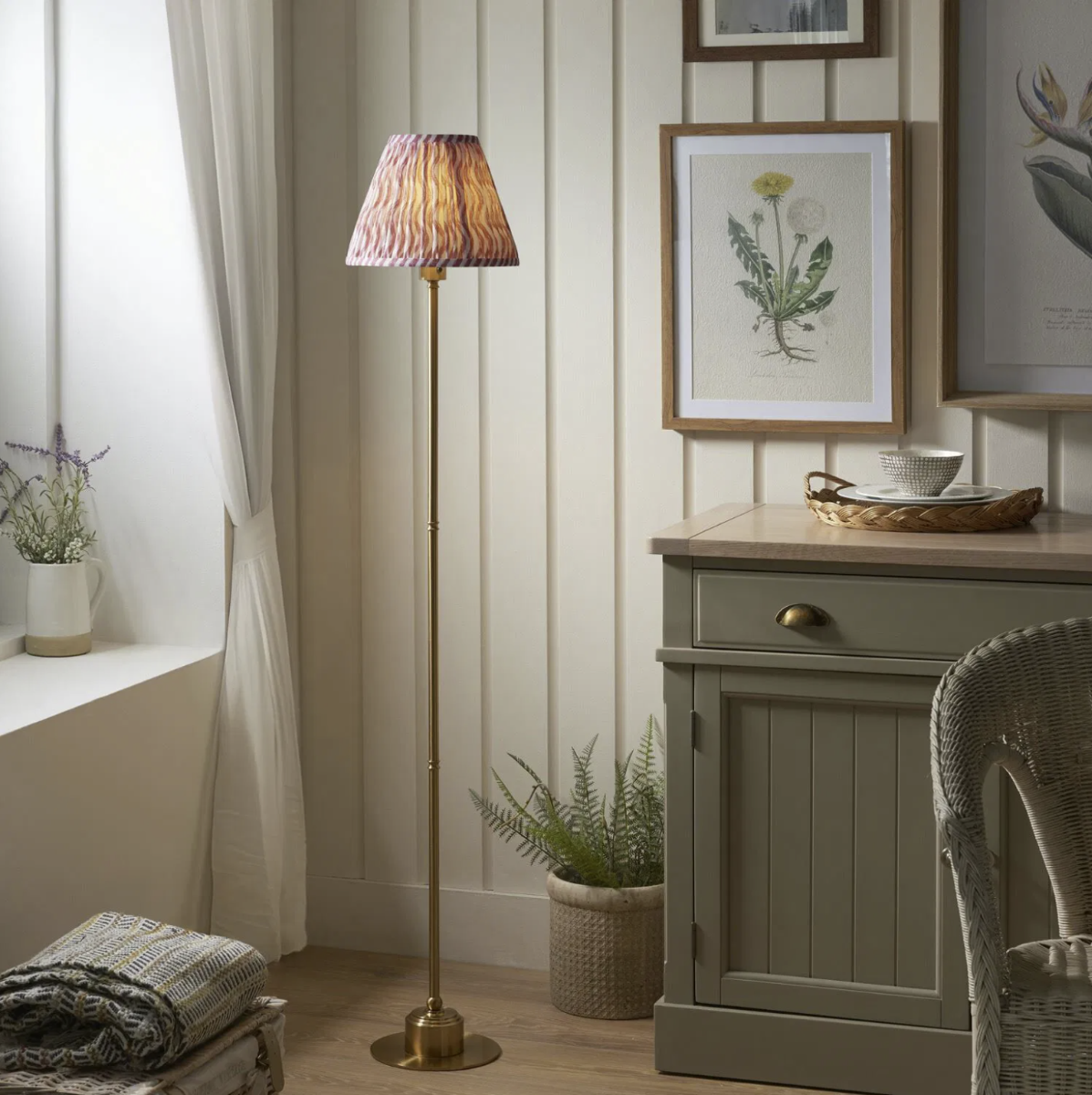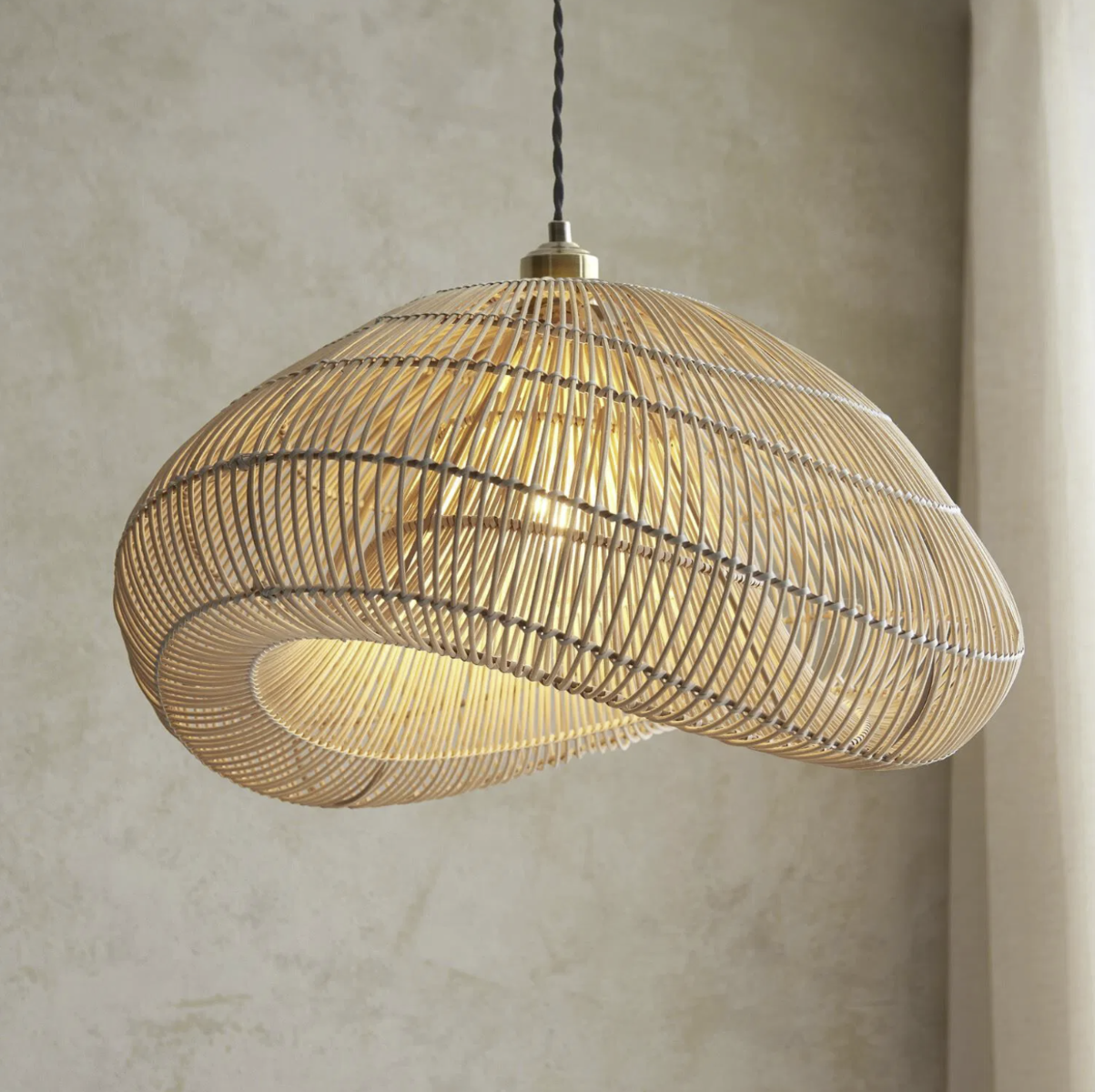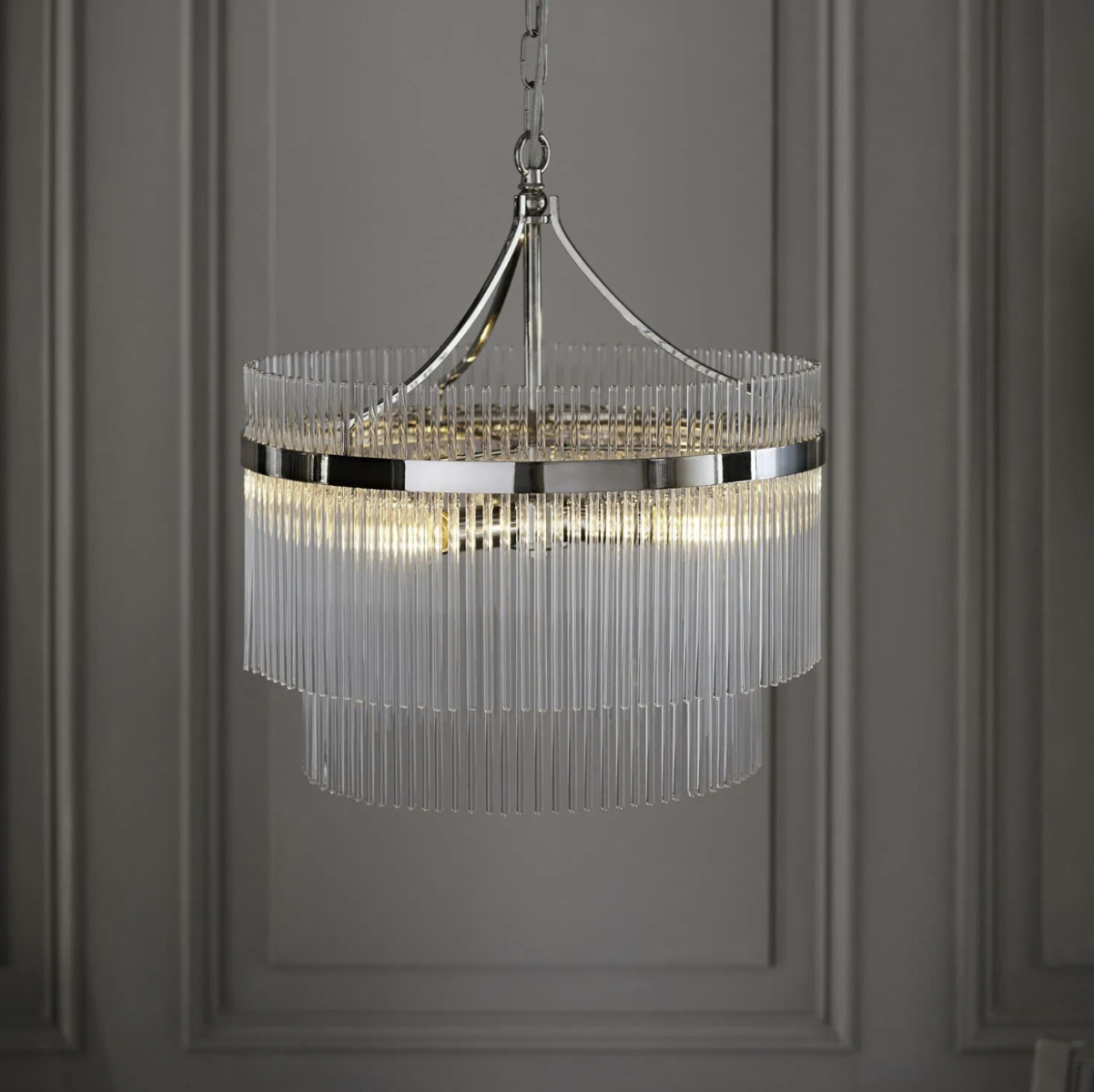Not so very long ago you’d have been tried for witchcraft if you’d have been seen to ignite a lantern with the touch of your hand. Today, touch lamps are all over the place. From posh hotels to your auntie's guest bedroom. In fact, they’ve become so ubiquitous that we almost take them for granted. The magic has gone. But if you stop to think about it for a moment, touch lighting is really clever! So, how does it actually work?
Understanding the Magic Behind Touch Lamps
The traditional light or lamp employs a switch that can be flipped or pushed to open or close a mechanical gateway. This allows – or stops – the flow of electricity between the light bulb and its power source. With touch lamps, like the Endon Aerith, there is no switch. That’s the whole point! So, how does that connection get made or broken?
How do touch lamps work?
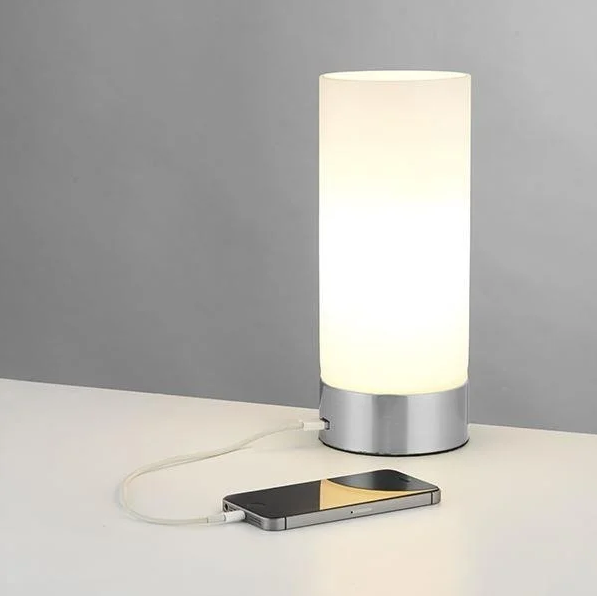
Touch lamps have been around for a surprisingly long time. With the first model patented in 1954. And throughout the years, they have used various activations methods. Temperature, resistance, and radio reception have all been deployed. But today, in lamps like the Dara, it is a property called capacitance that takes the active role.
What is capacitance?
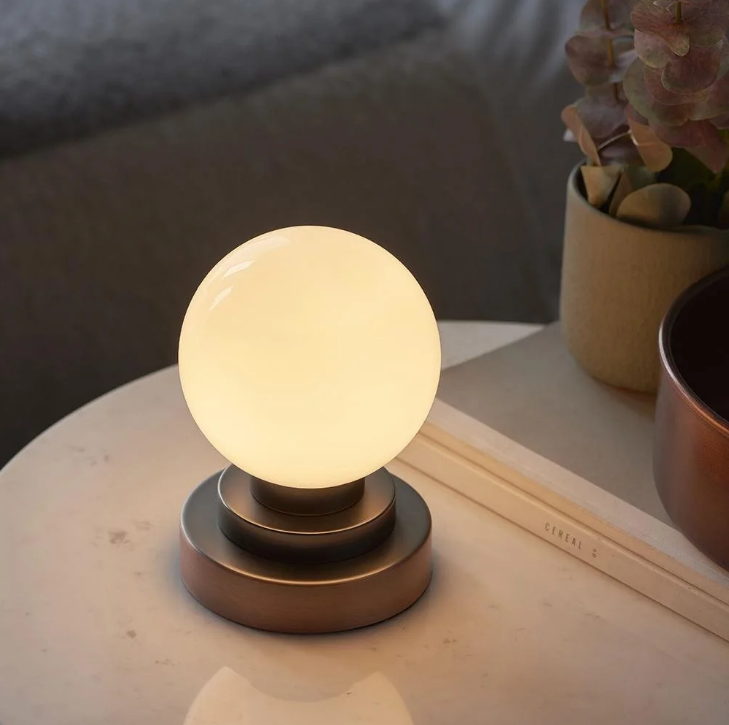
Capacitance is the ability of a system or device to store an electric charge. When you touch the Harlequin lamp, for example, your electrons interact with the lamp’s electrons, changing its electric charge. As the lamp’s circuit detects that alteration, it changes the response of the lamp. In the case of the Harlequin, this simply switches the lamp on and off. But other touch lamps, such as the Hackney, also allow for the brightness of the lamp to be changed. With three taps, you can dim or brighten the light to suit your current needs. Which is really rather clever!
What are the benefits of touch lamps?
The primary benefit of touch lamps like the Chelmsford is convenience. Few people are fans of obvious wiring. With traditional lamps, where switches are built into the lamp’s cables, it can be a palaver to turn them on and off. With frequent scrummaging behind the furnishings! And where switches are more accessible, you still require a degree of accuracy. Whereas many touch lamps can be triggered with the vaguest of waves. This also stops the switches from becoming dirty or tacky over time.

Touch lamps like the Linterna are also really useful for people with joint pain or mobility issues. If you suffer from arthritis, or similar conditions, it can be really painful to push your finger against a switch with enough pressure to activate a lamp. Touch lamps remove that issue.
The real beauty of touch lamps is that they come in all different shapes and sizes. From the more traditionally styled table lamps, to beautifully ornate crystal balls. You can even get floor-standing reading lamps and plug-in spotlights with touch activation. So, whatever lighting solution you need in your life, touch lamps could provide the answer.
So, now you know how they work, are you ready to buy one? Check out the full range of First Choice Lighting touch lamps.

